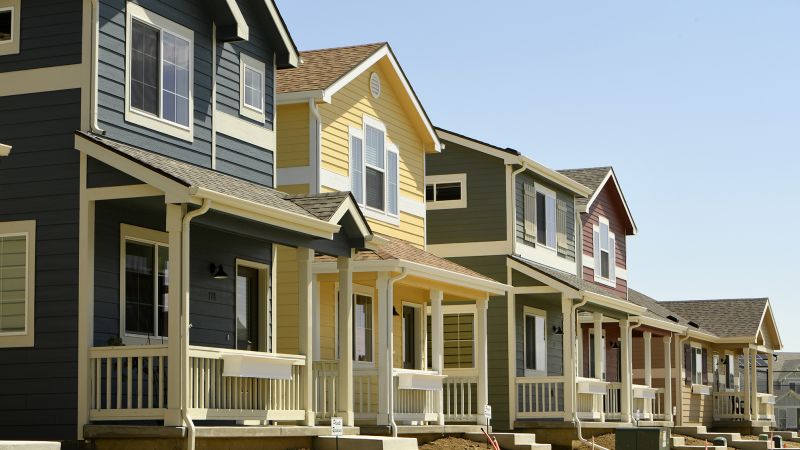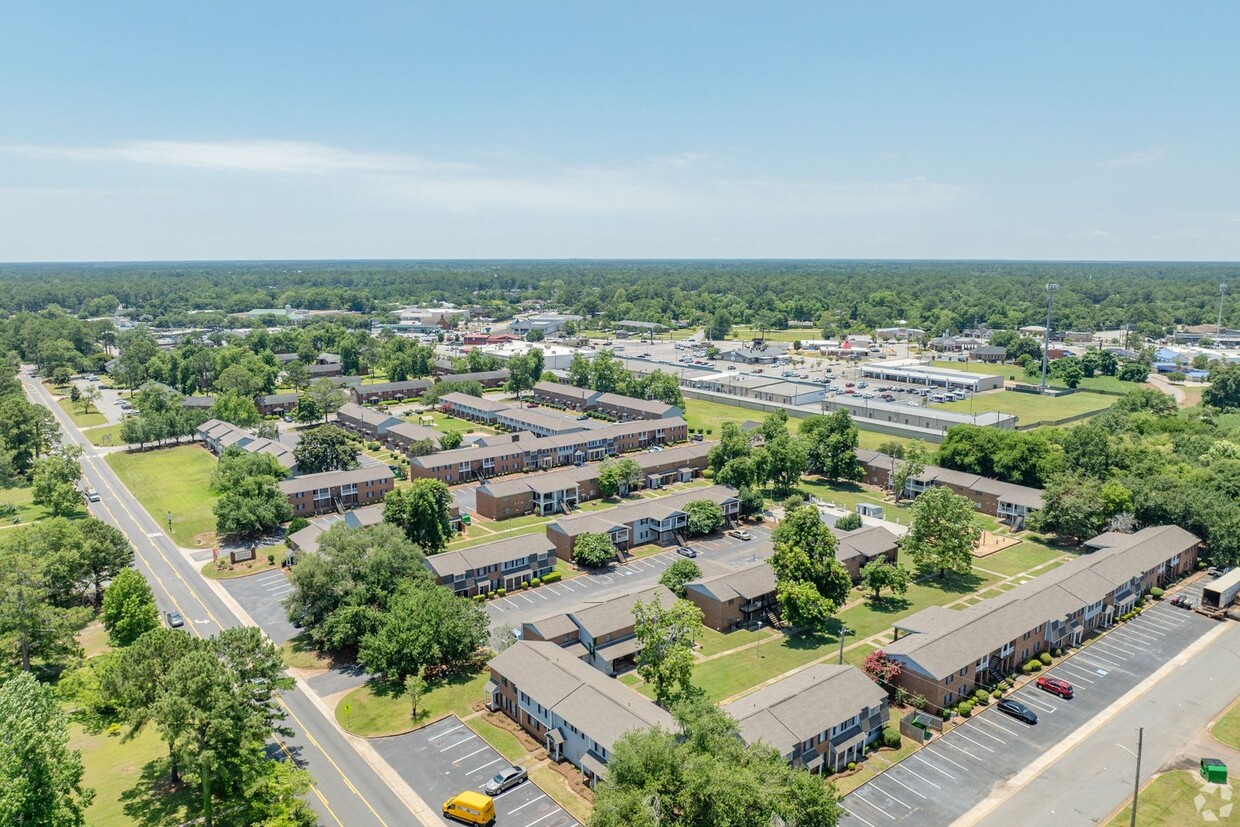Multifamily Investing: A Comprehensive Guide – Part 2
Multifamily Investing: A Comprehensive Guide – Part 2
A Recession-Resistant Asset Class?
The resilience of multifamily real estate investments, particularly during recessions and various business cycles, can be attributed to several key factors:
- Stability in Demand: During economic downturns, while sectors like retail, office, and hospitality may suffer due to reduced consumer spending and travel, the demand for housing remains consistent. People always need a place to live. This enduring need for housing underpins the resilience of multifamily investments during recessions. For instance, during the COVID-19 pandemic, many people chose to stay in their current living situations due to health and economic uncertainties.
- Increased Renting During Recessions: Economic downturns often make it challenging for individuals to qualify for mortgages, as lenders become more cautious and restrict loan issuance. This situation leads to an increase in the renter population, thereby boosting demand for rental apartments. Additionally, in times of financial uncertainty, individuals are less likely to make significant purchases like homes, further increasing the pool of renters.
- Performance During Past Recessions: Historical data from past recessions, such as the Great Recession, show that multifamily properties can rebound quickly after initial volatility. For example, apartment Real Estate Investment Trusts (REITs) recovered and outperformed other commercial real estate asset classes and even the S&P 500 in the years following the Great Recession. Moreover, the U.S. Bureau of Labor Statistics reports that residential rents in the U.S. have generally risen each year, even during recessions, except for a brief period following the Great Recession.
- Adaptability to Economic Changes: Multifamily investments have shown adaptability across different economic downturns, whether caused by financial crises, tech bubbles, or pandemics. For instance, during the early 1990s recession, multifamily was the only major property type to experience positive rent growth. Similarly, during the economic fallout of the pandemic in 2020, multifamily, along with industrial and retail sectors, experienced positive rent growth due to strong housing needs and government stimulus.
- Income-Based Valuation: The valuation of multifamily properties is primarily based on the income they generate rather than market conditions. This income-based valuation adds a layer of resilience during market downturns, as multifamily units continue to generate rental income even when market conditions are unfavorable.
As of 2024, it seems increasingly likely that the “soft landing” scenario will come to pass – a gradual decline in interest rates and inflation without any significant harm to the economy. This is not a foregone conclusion, however – some form of downturn is common following a period of rapid rate increases like we saw between mid-2022 and late-2023. Multifamily may, hence, be a timely asset class to consider.
The case for multifamily investing as a recession-resistant asset class has quite a bit of historical precedent. During the Great Financial Collapse (perhaps the worst economic downturn in U.S. history) multifamily outperformed other asset classes. After the initial dip, multifamily REITs outpaced all other asset classes and the S&P 500 for the duration of the recovery.
Further, delinquency rates on Fannie Mae and Freddie Mac multifamily loans hovered below 0.5% for much of the GFC, never reaching 1%, at a time when unemployment rates in the U.S. exceeded 10%. This low default rate speaks to the potential downside protection of multifamily investments, particularly in workforce and non-Class A assets.
Advantages of Investing in Multifamily Properties
Multifamily properties, which range from duplexes to large apartment complexes, are a cornerstone of real estate investment for those looking to diversify their portfolios. These properties are more than just residential spaces; they are revenue-generating assets that can offer a more stable investment compared to the fluctuating stock market.
Why Multifamily?
For accredited investors—those with an annual income exceeding $200K or a net worth over $1M excluding their primary residence multifamily investments present several distinct advantages:
- Stable Cash Flow: The ability to generate consistent rental income from multiple tenants is a key attraction. For example, a property that adheres to the 1% rule, where the monthly rent is at least 1% of the purchase price, can provide a reliable return on investment. This rule is a quick way to measure the potential profitability of a rental property and is particularly relevant in markets with strong rental demand.
- Scalability: Multifamily properties allow investors to grow their real estate portfolio more rapidly than acquiring single-family homes individually. This scalability is beneficial for investors looking to expand their holdings efficiently.
- Risk Distribution: The risk of income loss is mitigated by having multiple tenants. Even if one unit is vacant, the others can continue to generate income, which can help maintain profitability during tenant turnover periods.
- Tax Benefits: Real estate offers tax deductions such as mortgage interest, property taxes, and depreciation. These benefits are amplified in multifamily properties due to their size and income potential. For instance, cost segregation studies can accelerate depreciation on certain components of the property, enhancing the tax benefits.
Multifamily real estate is one of the most essential real estate classes and is continuing to experience lower vacancy rates every year. Among all commercial real estate asset classes, multifamily provides the most essential function – no matter what else happens in a local market or the economy writ large, people will always need a place to live.
Is Multifamily Investing a Good Idea in 2024?
In 2024 and the years ahead, we believe that macroeconomic factors favor multifamily investing. Here are some trends that currently favor multifamily investing:
- Homeownership has never been more expensive. With single-family homes in short supply and more costly than at any point in history, upward demand pressure is put on multifamily. With economists predicting rates to stay above 6% in the near term, it’s easy to see why many potential homebuyers are holding onto their apartment leases. Although a recent report from Marcus & Millichap notes that supply pressure for multifamily has been increasing as of late, both elevated mortgage rates and stubbornly high sale prices will increase the overall rental pool, and new multifamily units will take some time to be absorbed into the rental market.
- The U.S. generally faces a significant housing unit shortfall, with robust new “household formation” expected. With job figures also remaining strong, demand for multifamily units should remain elevated relative to supply for the foreseeable future.
- While inflation has moderated, economists agree that we can expect it to stick around for some time. Given the inflation-hedging properties of multifamily, this trend also favors multifamily investing relative to other asset classes.
With historically expensive and few options for single-family homes, would-be buyers are increasingly renting later in life.
The multifamily construction pipeline was strong up until recently, but the surge in interest rates has changed the equation. The Census Bureau expects multifamily starts to be down meaningfully year-over-year, with the supply pipeline thinning in the years ahead. This means that multifamily investing is potentially a way to “do well by doing good,” helping to mitigate the massive shortfall of market-rate housing in the U.S. Workforce housing investments are needed, but any investment in density housing can potentially be considered a social impact investment.
The Supply Picture
Among other things, an investment opportunity is dependent on market fundamentals: supply and demand. Less supply means less competition, and hence less supply of multifamily units coming to market is a boon for multifamily investors. This may well be the case for the foreseeable future.
April 2024 saw the fewest new multifamily project starts since April 2020, when the COVID-19 pandemic halted construction in many markets. This is mostly a function of capital markets conditions rather than a response to decreased demand. With higher interest rates and many mid-sized banks tightening balance sheets, the financing picture has grown more complicated for developers and operators. Those that can make projects pencil may face less competition, and hence more compelling investment prospects.
Only around 40K units were started in Q2 of 2024, continuing this trend. While some industry watchers fret about overbuilding of the asset class, the general view within the industry is that only luxury multifamily has been overbuilt over the past decade; workforce and affordable housing in particular remain drastically underbuilt.
A brief note on multifamily cap rates:
According to recent industry research, prime multifamily cap rates averaged 5.06% in Q4 2023, up 170 basis points from Q1 2022 and exceeding the pre-pandemic 2018-2019 average by 85 basis points. In April of 2024 it was noted that prime multifamily metrics (including cap rates) had improved for the first time since the Federal Reserve began raising interest rates in early 2022.
The cap rate of an individual multifamily property should be a key decision factor. Prevailing cap rates in the local market are also critical to analyze.
Looking ahead, the industry anticipates multifamily cap rates will widen by another 25-50 basis points in 2024, bringing the average to around 6%. Higher cap rates in general mean opportunity on two fronts:
- More attractive current cash flow potential, on average.
- An opportunity for “cap rate compression” — a phenomenon of values increasing for a given level of cash flow (this tends to align closely with interest rate movements).
Versus single-family properties, multifamily investing allows for scale. With more units and larger total capitalization projects, multifamily allows for economies of scale like professional property management, engineering of value in lease structuring, and property-level marketing. Consider the following advantages while contemplating whether multifamily investing is right for your investment portfolio.
Larger multifamily projects can also offer benefit from value adds like laundry facilities, fitness centers, and dog parks
Multifamily provides consistent cashflow
As of this writing, inflation is at a 40-year high.1 This may sound concerning, but what does it actually mean for multifamily real estate investing? While office, industrial and retail properties typically have only one or a small handful of tenants locked into long-term leases, multifamily properties often have dozens or even hundreds of individual rental agreements (1 for every unit) averaging 1-year in term, with tenants turning over on a rolling basis. This arrangement provides downside-protection by minimizing vacancy exposure during economic downturns. On the other hand, consistent turnover of leases in a multifamily property allows management to gradually ratchet up average rents in accordance with prevailing market rates and commensurate with the rate of inflation.
For more on how private real estate can serve as a hedge against inflation. Multifamily real estate investing brings inherent advantages. But, there are a number of different strategies multifamily investors can employ to further diversify, such as targeting positions across the capital stack, and investing across strategies (such as value-add or core plus).
Multifamily exhibits low volatility
Peter Linneman, the principal of Linneman Associates, as well as the CEO and founder of American Land Fund and former professor at Wharton School at the University of Pennsylvania, recently described multifamily as a relatively safe investment. According to Linneman, multifamily has one truly unique advantage over other asset classes: the protection of Fannie Mae and Freddie Mac financing, which is predictable and readily available to borrowers large and small. For context, federal agencies and government-sponsored entities hold roughly 50% of the total multifamily debt outstanding as of Q2 2022.
It’s also worth noting that since housing is an essential function, multifamily tends to be less impacted by fluctuations or structural shifts in the economy. As a corollary, we could say that multifamily should be more resilient through market cycles. This holds true empirically: multifamily has yielded the best risk-adjusted returns since the inception of the NCREIF Property Index (NPI) in 1988.
Bottom Line
Multifamily real estate presents a promising investment opportunity. However, determining the profitability of such investments and understanding the various financing options available is vital to success in this arena. You may want to consider investing in multifamily properties for a number of reasons, including portfolio growth, the high demand for housing, the various available financing options, cost efficiencies and passive income creation. However Investments in Multifamily housing can be very tricky. Don’t venture down this road alone We live it and breath the industry. At SIMM Capital our investment strategy is to give everyone the chance to build wealth through real estate. We seek the best assets that hold the largest opportunities while delivering in rent growth year over year. We know the business. To see how we can help you with your Real Estate investments talk to an expert and click the link www.simminc.com




Recent comments